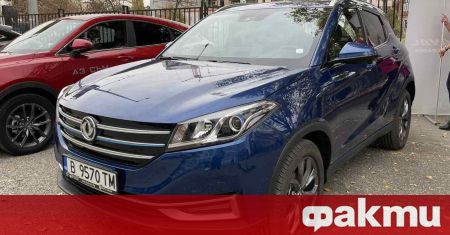After talking to you about the IX5 crossover coupe in the first part, let’s move on to the second part of our test: the electric E3. The model is currently in the best-selling segment, namely that of compact crossovers. The design of the car is similar to that of the other models of the brand in the front, where we once again find LED headlights and a large radiator grille, the role of which is questionable. Unlike most manufacturers, here the Chinese have opted for a traditional look, which in no way betrays the fact that an electric motor is running under the hood of this car and not a regular gasoline or diesel engine.
Dongfeng E3
Although the two models are similar in appearance, the same cannot be said for the interior, where the only thing in common is the steering wheel. Here too there are two displays, one of which in front of the driver which acts as a digital odometer, and in the center of the dashboard is the infotainment display, identical to that of the IX5. The air conditioning here is controlled by a separate module above the center console with the classic “doors”. Unlike the IX5, where we have the classic gear lever, here it is round and retractable, similar to those of Jaguar and Land Rover.
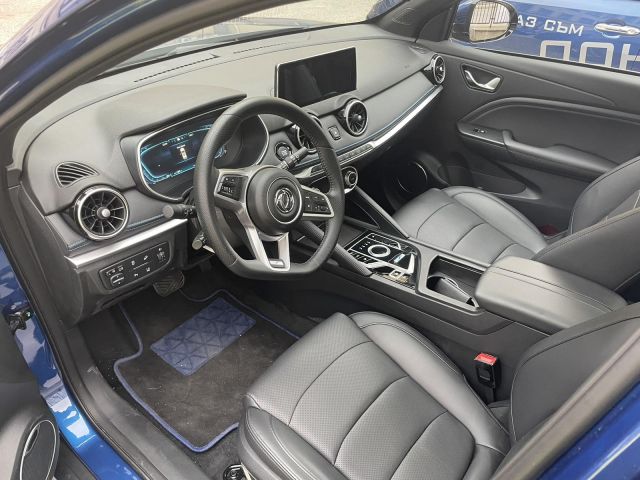
At 4.39 meters in length, 1.85 in width and 1.65 in height, the dimensions of the E3 are similar to those of the IX5, but here the roof has a more standard shape, which helps to create more space for the passengers. Unfortunately, the seats are narrow again, but they have a 6-way power adjustment for the driver and a 4-way power adjustment for the passenger.
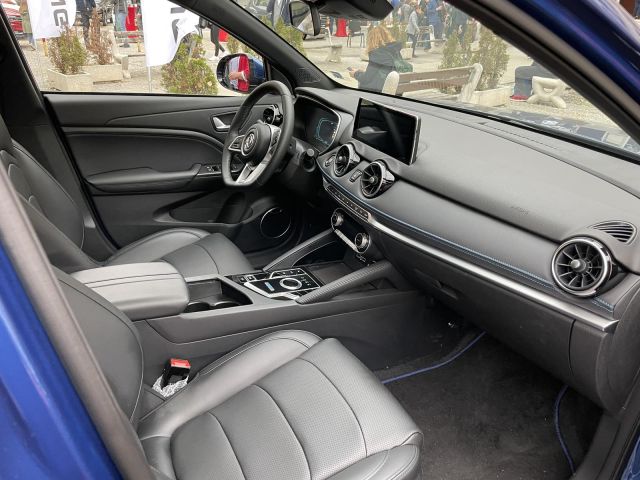
Propulsion is ensured by a permanent magnet synchronous electric motor positioned at the front with a power of 163 horsepower and 300 Nm of torque. It is powered by a battery located in the rear, which has a capacity of 54 kWh. It is sufficient for a range of around 300 kilometers according to the WLTP standard and around 400 kilometers according to the Chinese measurement standard. In a suitable station, the battery can be recharged from 20 to 80% capacity in 30 minutes, while a standard charge takes 8 hours.
The car feels significantly heavier on the road, but still retains its specific soft suspension. The “speed” change does not have the B mode, which allows the so-called “one pedal” drive, but when you release the gas you notice the energy recovery and the car slows down accordingly. This is also reported on the left side of the odometer, which shows respectively how much energy you are wasting or saving. Like its electric siblings, maximum power comes right from the start, giving the car a more aggressive feel that finishes quickly.
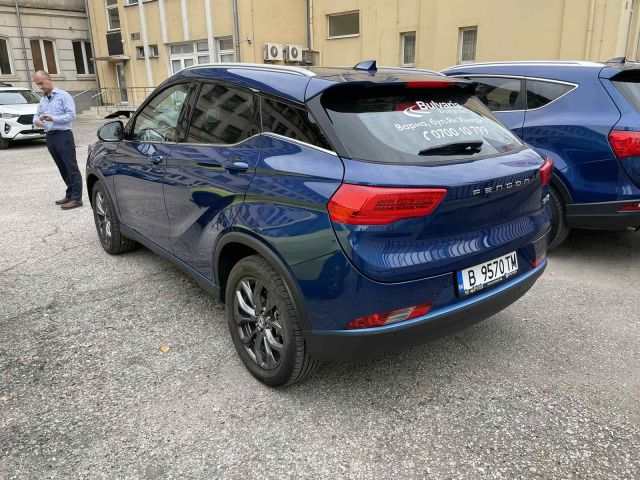
Dealers in Bulgaria once again took care of fast deliveries and refueling of cars in stock. And on this model, color is also the only choice, achieving identical characteristics to the IX5 with additional 360-degree cameras. The price for this model is 79,900 BGN.
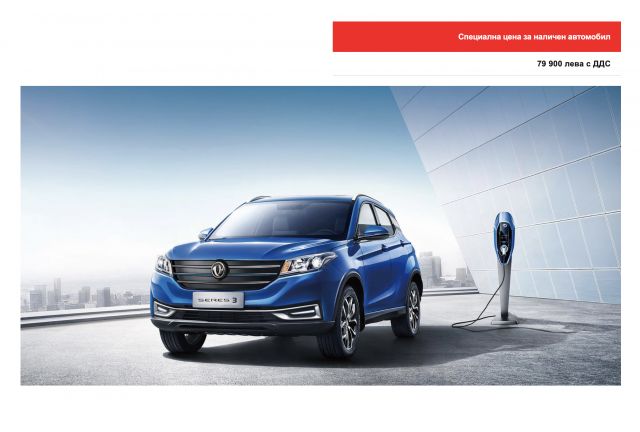
Put a rating:
☆
☆
☆
☆
☆
Assessment 3.5 from 14 voice.
